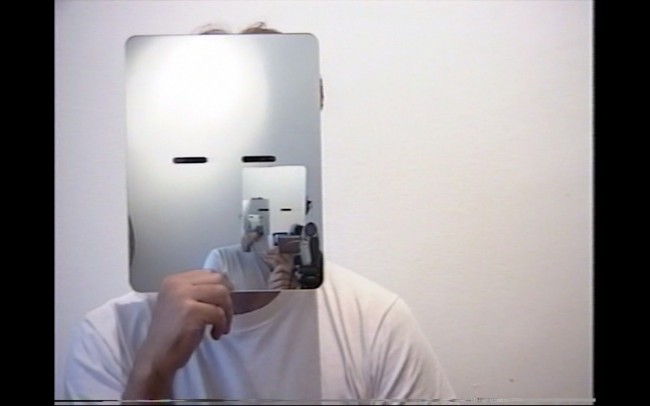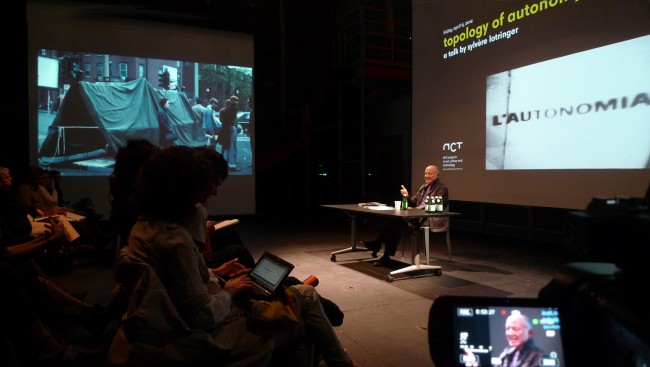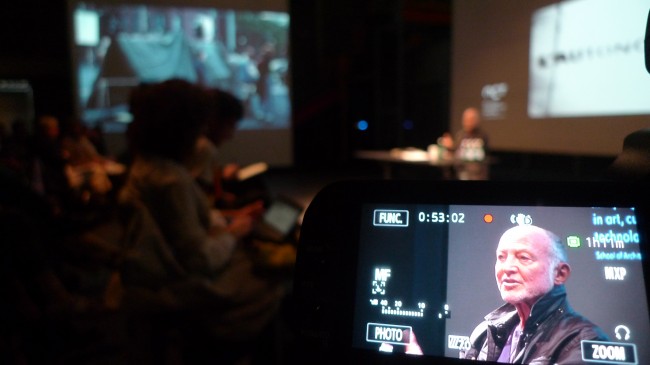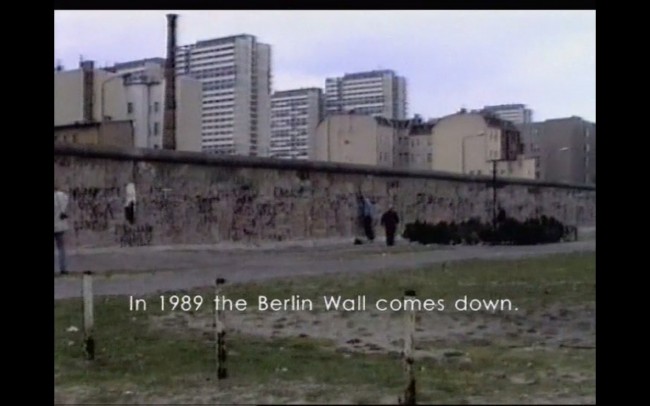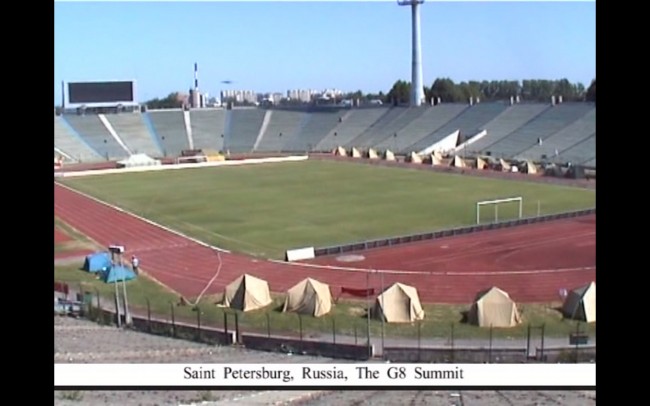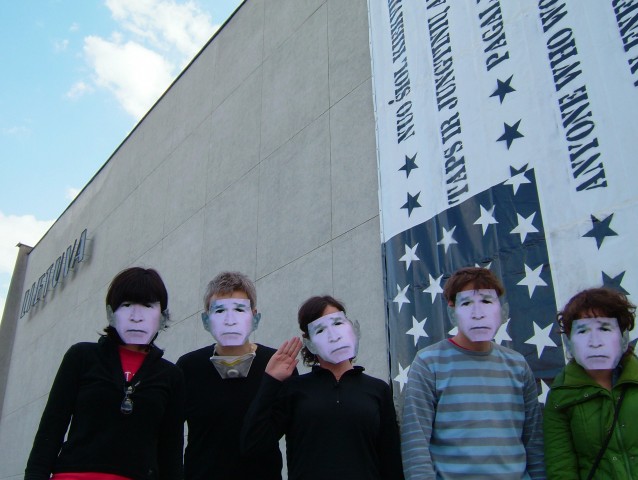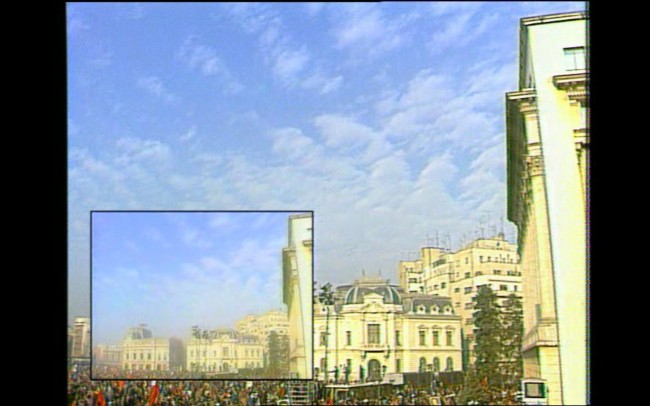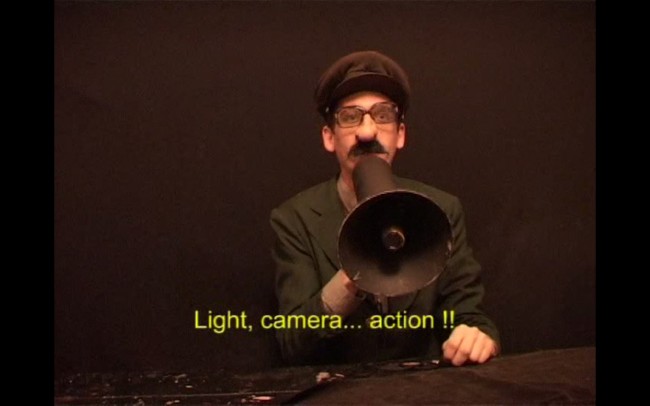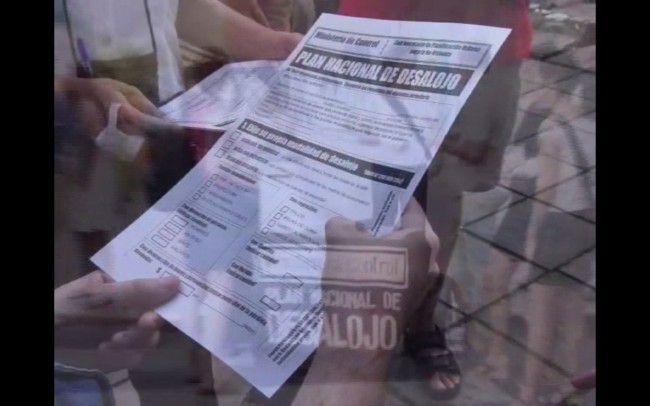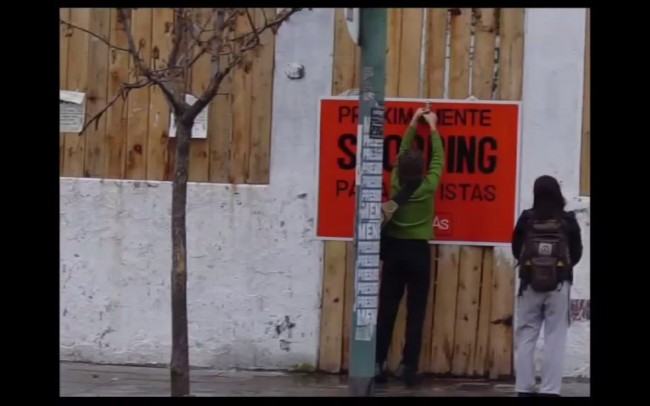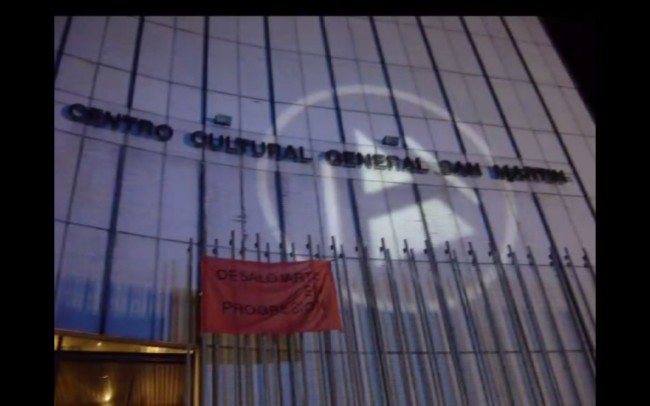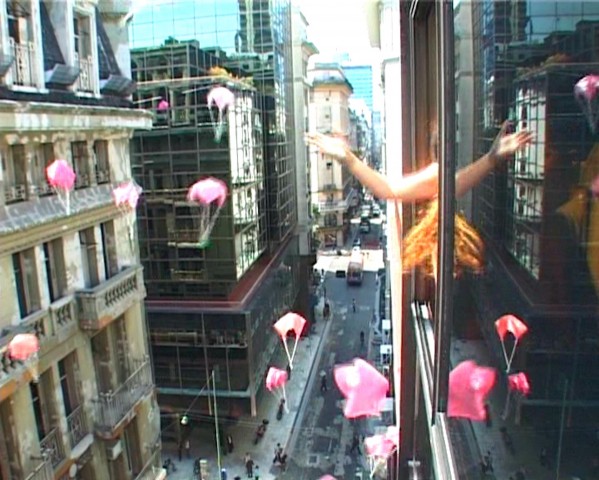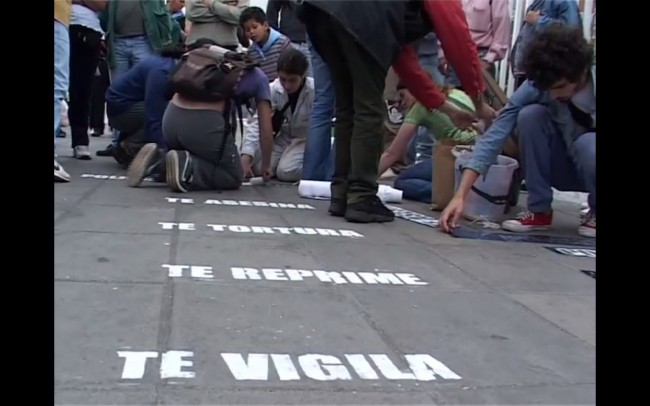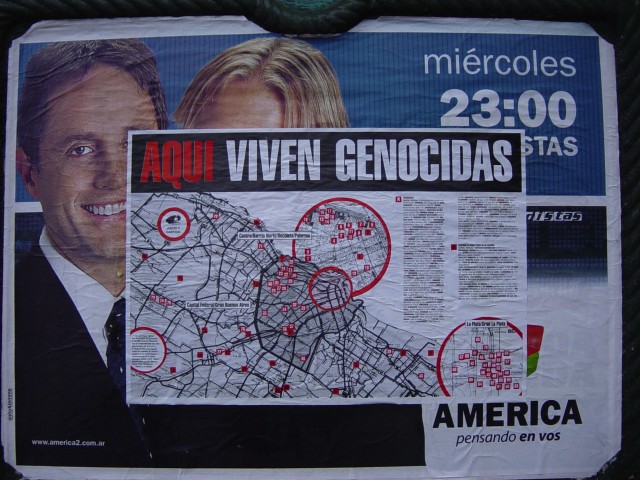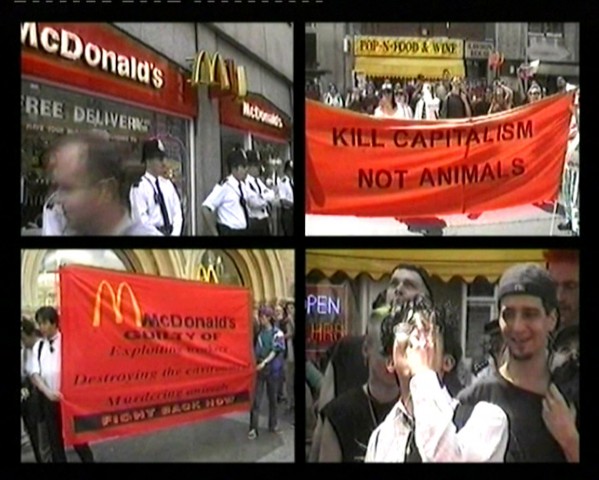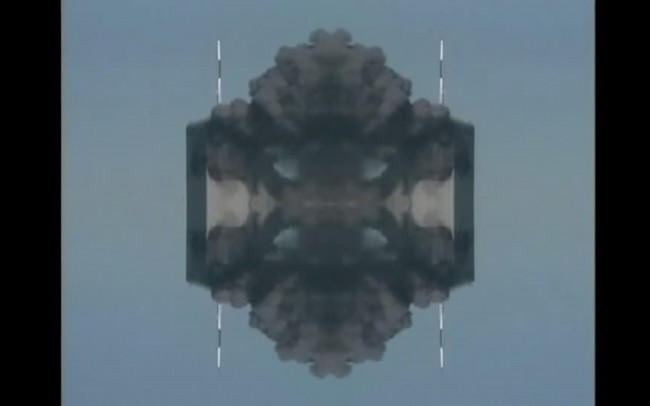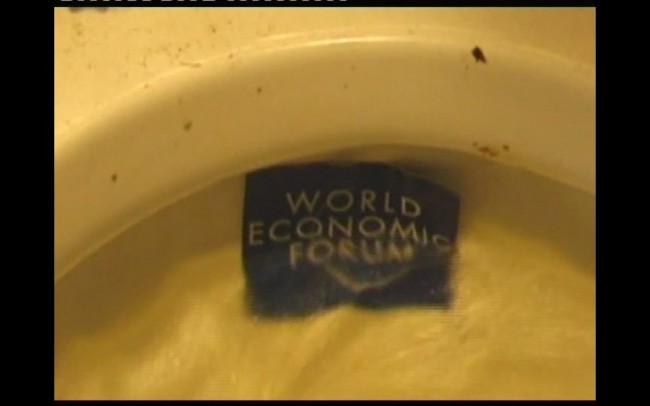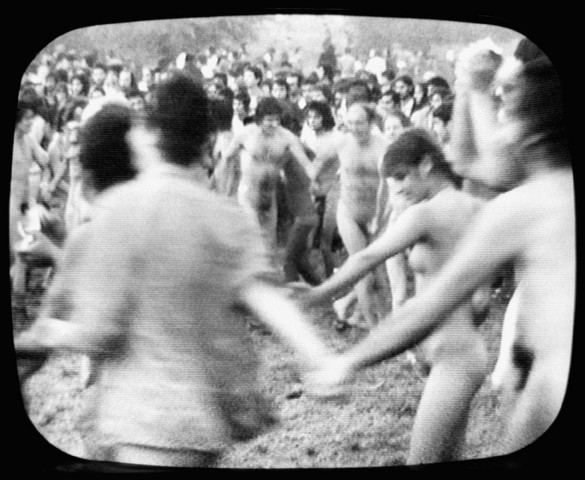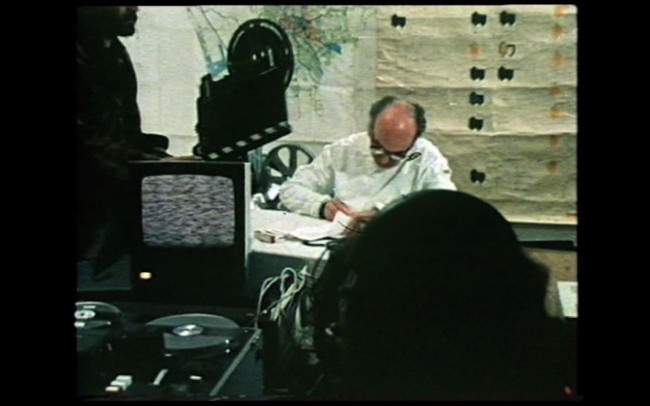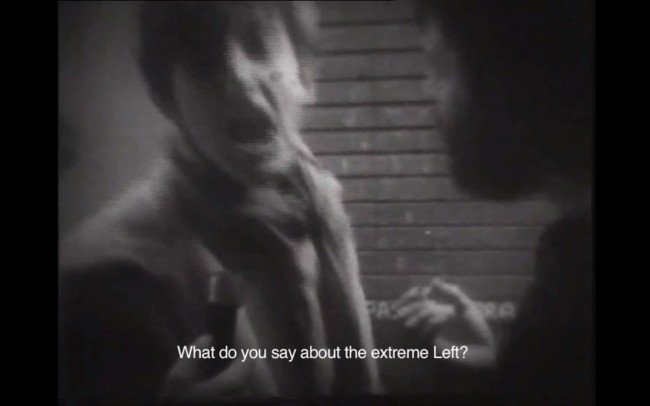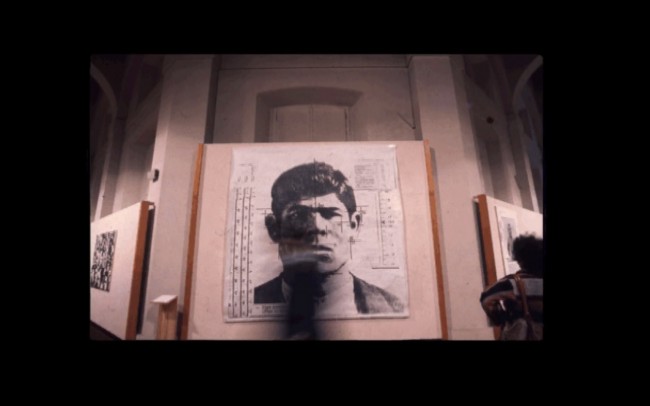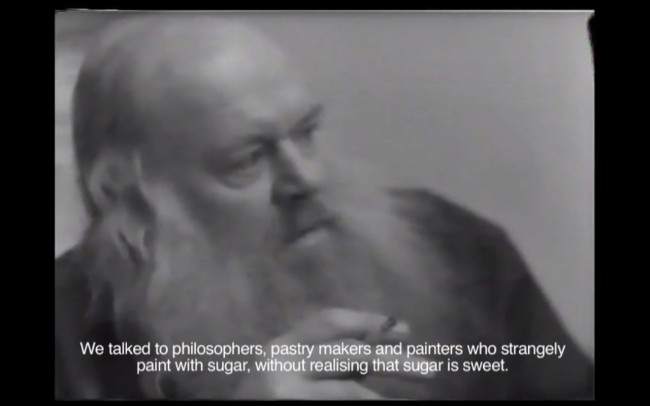With his conception of ‘biopower’ and ‘governmentality’, Foucault revealed the myriad ways the operations of power extended far beyond the institutions of state. Biopower encompasses the breadth of techniques and strategies deployed in the modern state to regulate life, on the level of individuals and whole populations. Increasingly, particularly in neo-liberal political economies, control is exercised by non-state agencies and by individuals on themselves. Neo-liberalism, being opposed to welfare, wants an entrepreneurial and seemingly autonomous subject, one whose techniques of self-governance and goals are an internalisation of, and are in alignment with, those of the political economic system. In the digital age, the technologies of control are increasingly adaptable, mobile, immaterial, soft and shifting, as Deleuze anticipated in his analysis of a postmodern society of control.
If all life is captured by capitalist production, a new understanding of work must be the starting point for cultural production that resists biopower. As Hobsbawm recently stated, “we are facing a world in which the economy is increasingly turning into a system of reciprocal control rather than one of reciprocal services”. This section is devoted to the various facets of this emerging society of control and various manifestations of ‘bioresistance’ artists and activists are developing to counter it: the enclosure and disclosure of the knowledge ‘commons’, grass roots campaigns against the expansion and privatisation of ‘prison-industrial-complex’, community upheaval in the face of institutional racism, the search for public access to the drafting of common policies, the industrial genetic manipulation of food sources, etc.
Works by: Critical Art Ensemble (founded in 1987, New York), Ashley Hunt (1970, lives and works in Los Angeles), Black Audio Film Collective (active 1982-1998, London), Eyal Sivan, Copenhagen Free University, 16beavergroup.org.
1) Critical Art Ensemble
Germs of Deception, 2005
DVD, 6 min 42 sec

Critical Art Ensemble has recently given its attention also to the devastating effects of bacteriological experiments carried out in war programs by Great Britain and the USA. In Germs of Deception (2005) CAE reproduces (in ways which are not harmful both for the environment and the audience) the conditions of a bacteriological experiment carried out by the USA in 1949 when a group of trained soldiers let in the air a bacterium Serratia marcescens to contaminate completely the surrounding environment. Same simulation for Marching plague, repeating the British experiments to test the plague as bacteriological weapon in the Isle of Lewis in 1952-1953.
Marching Plague
GenTerra
2) Ashley Hunt
Corrections, 2001
(from Corrections documentary project)
DVD, 58 min
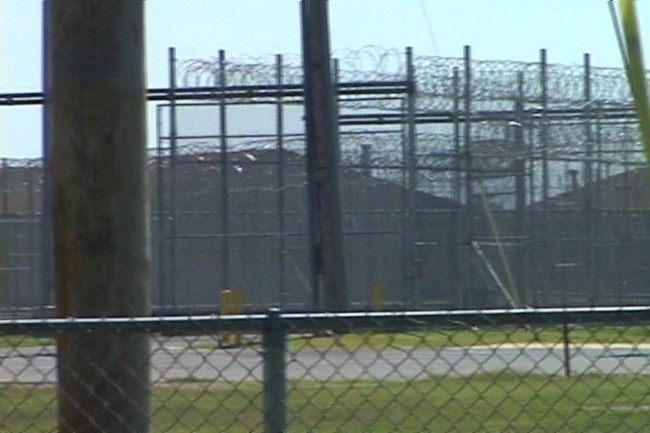
CORRECTIONS is a story of profits and mass imprisonment: how the histories of racial and economic inequality in the U.S. are emerging today from the walls of its prisons and how this crisis has formed the incentive, profit and resource base for an entire industry. Where the “Tough-on-Crime” movement meets the ending of welfare, globalization, finance capital and neo-liberal policy, and today, the “war on terrorism.” CORRECTIONS explores how prisons have fast become the accepted solution to unemployment and housing crises, crumbled schools, livable wages without credit and the undoing of the Western Social Contract, set within the scene of collapsed rural economies and the “urban decay” of potentially expensive neighborhoods.
Featuring stories of the leading correctional corporations, testimony from the world’s leading experts and the lives of ordinary people, CORRECTIONS takes audiences behind the walls of the prison system that Wall Street has called a “growth industry.”
** CORRECTIONS was made before September 11th, 2001, to which the state’s response of increasing detentions has not changed but rather grown and exacerbated what this film describes. In fact, the Bush administration used September 11th to grow the industry in a number of ways. “LOCKDOWNS UP”, a footnote on Corrections deals with this specifically.
A Footnote on Corrections
Lockdowns up 9/11, 2002
(A part of Corrections documentary project)
DVD, 9 min
What is the relationship between the “War on Terror” and the interests behind the growing U.S. prison industry? What have the events of September 11th meant for the already booming prison system? In addition to “correctional” agencies and corporations, who else is profiting from massive increases in incarceration and what other forms could that take?
LOCKDOWNS UP is a nine-minute video essay based upon the optimistic stock projections announced to Wall Street stock analysts by a private prison company, when Cornell Company made public its hopes that private prison companies may get fat government contracts to build interment camps for Arab Americans.
Issues touched upon: the War on Terror, the Patriot Act, the criminalization of immigrants and the booming of border control bureaucracies and companies, the Feds’ “bailout” of the private prison industry, the U.S.’ Internment Camps from World War II.
3) Black Audio Film Collective
Handsworth Songs
B&W and color, 58 min
Director John Akomfrah, Smoking Dogs Film with Channel Four TV

In October 1985 Britain witnessed a spate of race related riots in the Birmingham district of Handsworth and in urban centres of London. These were violent, tragic events, marked by the death of an elderly black woman, Joy Gardner, and a white policeman, Keith Blakelock. The film that eventually became Handsworth Songs did not begin its life as a meditation on civil disturbance. An interest in questions of the slippages between history and memory, in the diverse technologies of independent filmmaking traditions, in the possibilities of sound collage, and the limits of documentary truth prefigured the film, running parallel to the events of that tumultuous winter, and subsequently informing what gradually became Black Audio Film Collective’s first film. Handsworth Songs takes as its point of departure the civil disturbances in Britain in 1985 and the inability of the British media to go beyond its concern with demonising or rationalising the rioters and their motives, to break the anxiety driven loop of morbid responses to the presence of blacks in Britain. Handsworth Songs explores the idea that the riots represented less a self contained drama of rage with a single origin and trajectory than a multiplicity of issues, ambivalences, to do with race, longing and belonging – not all of which could be shored up by recourse to a rhetoric of civil disorder. The film’s sense of multiplicity extends to a rethinking of black British presence, and a refuting of the idea of a homogenous black community with a single sense of presence characterised by uniformity of ambition and expression. Instead the film evokes a broad range of voices, tones, registers. And it is through this panoply of positions and presences that Handsworth Songs approaches the riots and expresses its central idea – that it is not the riots in their dramatic unfolding, nor even in the wake of their violent eruption, which provide us with a route into the drama. The film figures civil disorder as an inflamed and unstable sign, an opening onto a secret history of dissatisfaction. A documentary whose subject is a cemeterial Britain, populated by ‘the ghosts of other stories’.
4) Eyal Sivan
Itgaber, He Will Overcome, 1993
20 min
A filmed essay about an uncompromising man. Using vocabulary that can be understood by everyone, Yeshayahou Leibowitz, Latvian born Jewish philosopher and scientist, shares with us his analysis of what makes Man: will, freedom, man’s choices, what is imposed upon him and how, by “triumphing over his own self”, he can escape the heaviness of this world. One of the greatest theorists of civil disobedience and a spiritual leader of the Israeli soldiers who refuse to carry out their military national service in the Occupied Territories, Prof. Leibowitz, who has always been very attached to the idea of divine law, explains, in a very provocative way, his position with regards to the law and authority in general, and with regards to the Israeli State and government in particular. His uncompromising words force each individual to face up to their responsibilities, both as a human being and as a citizen.
5) Copenhagen Free University
Trauma 1 – 11: Stories about the Copenhagen Free University and the surrounding society in the last ten years
24 min
6) 16beavergroup.org
What is 16 beaver
12 min 30 sec
